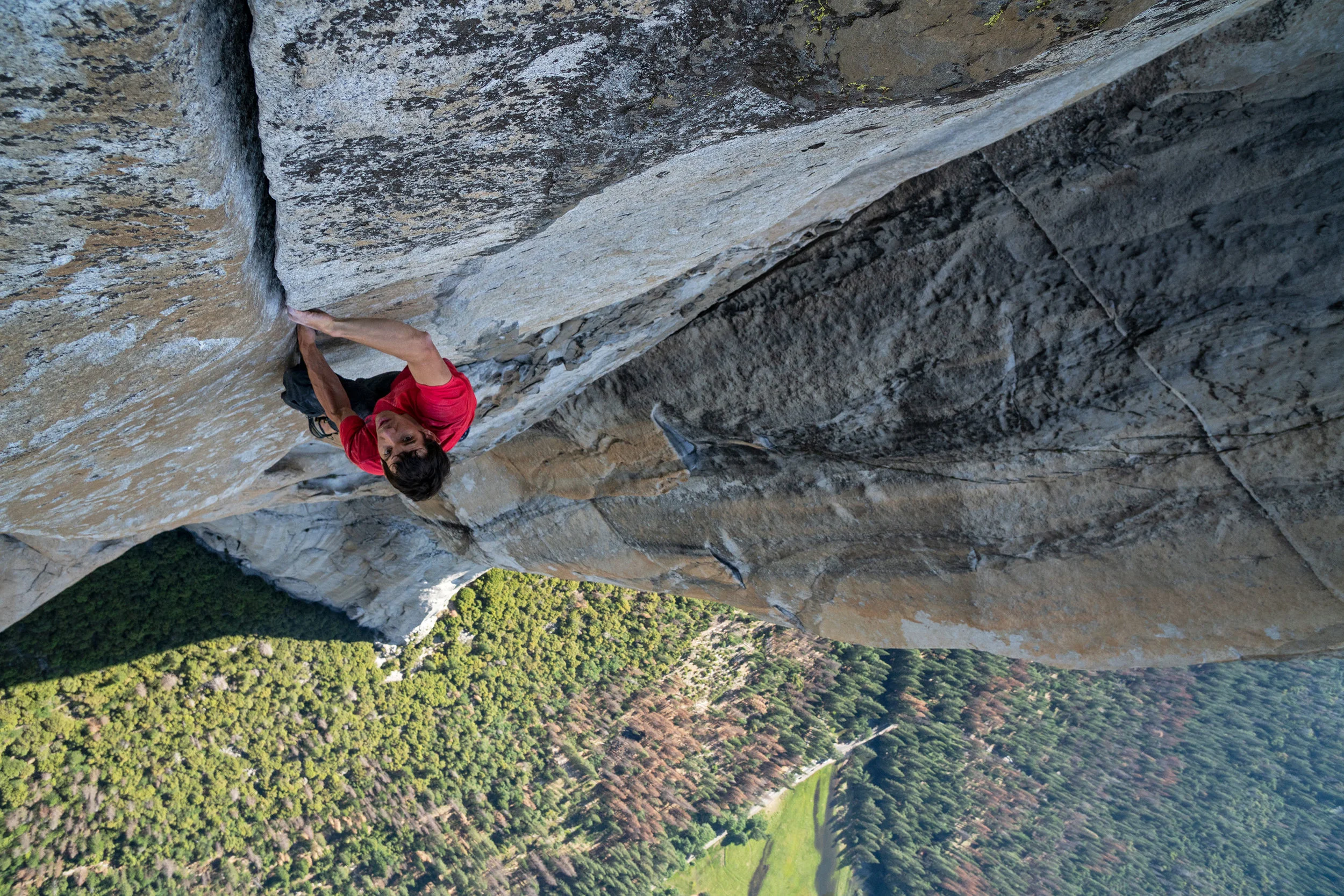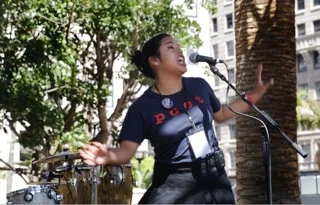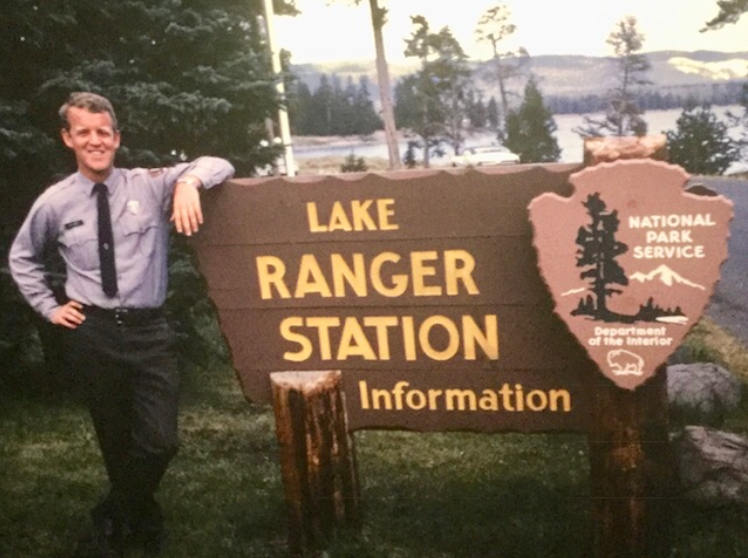Older and Wiser?
Can downsizing lead to poetry of a small and quite old kind?
Two-hundred-twenty years poem awaits, rewarding the unplanned find.
Like the Wedding-Guest the reader begs “I’ve other things to do;”
But when story’s over and poem’s done, she/he’s older and wiser too!
© Forrest W. Heaton 13 June 2019
When was the last time you read Samuel T. Coleridge’s The Rime of the Ancient Mariner? Yesterday? High school? Never? Well, having a bit of time on my hands recovering from 21May C2-T2 cervical spinal fusion surgery, I read Coleridge’s poem today (13Jun19). I realize my strong interest in poetry skews my reading recommendations, but I’d like to recommend this piece to all of you kind Heaton Publications Blog readers. It is instantly available on the internet with a couple of clicks. How bad can it be if it was written in 1797-98 and is instantly available in full on the internet in 2019?
A brief note as to how I came to read this today: Our friend, Suz Robinson, is helping us continue our move-in, sorting through boxes, deciding items to give/donate, continuing to let more go. One of today’s boxes contained 27 small red-leather books published by Robert K. Hass, Inc. (formerly The Little Leather Library Corporation), copyright between 1916-1923, 101 literary classics/25 million books sold, the books quite small—each 4” tall, 3” wide, 1/8” thick. We’ve had these books for years, perhaps from my Mom or her brother, stored in a bookcase, all unopened until today’s reading of the one at the top of the stack—The Rime of the Ancient Mariner. With my eyesight difficulties, it took me a good part of the afternoon to read the small print under strong light with a magnifying glass. Realizing some of you might actually seek out and read or re-read this poem, I will simply include here the first four stanzas as hopefully an enticement:
PART I
It is an ancient Mariner,
And he stoppeth one of three.
'By thy long grey beard and glittering eye,
Now wherefore stopp'st thou me?
The Bridegroom's doors are opened wide,
And I am next of kin;
The guests are met, the feast is set:
May'st hear the merry din.'
He holds him with his skinny hand,
'There was a ship,' quoth he.
'Hold off! unhand me, grey-beard loon!'
Eftsoons his hand dropt he.
He holds him with his glittering eye—
The Wedding-Guest stood still,
And listens like a three years' child:
The Mariner hath his will.
Wood engraved illustration by Gustave Dove of the mariner up on the mast in a storm.
Yes, this story/poem is long, in fact Coleridge’s longest. But you may feel as I felt today that this is extraordinary writing, a spell-binding story, a poem of amazing complexity—varied stanza size, varied meter, varied rhyming techniques, utilizing archaic language, conjuring varied interpretations (even from the author in his later years). Did I have more pressing things to do than read this poem today? Of course! And, likely, your answer would be the same! Having said that, I’ll bet at least one of you dear readers will write, advise you took me up on it, and advise its effect on you. In the meantime, thank you to all for your approximately twice-a-month read of our Blog. Your occasional emails or posted comments fill our sails! Thank You!
























